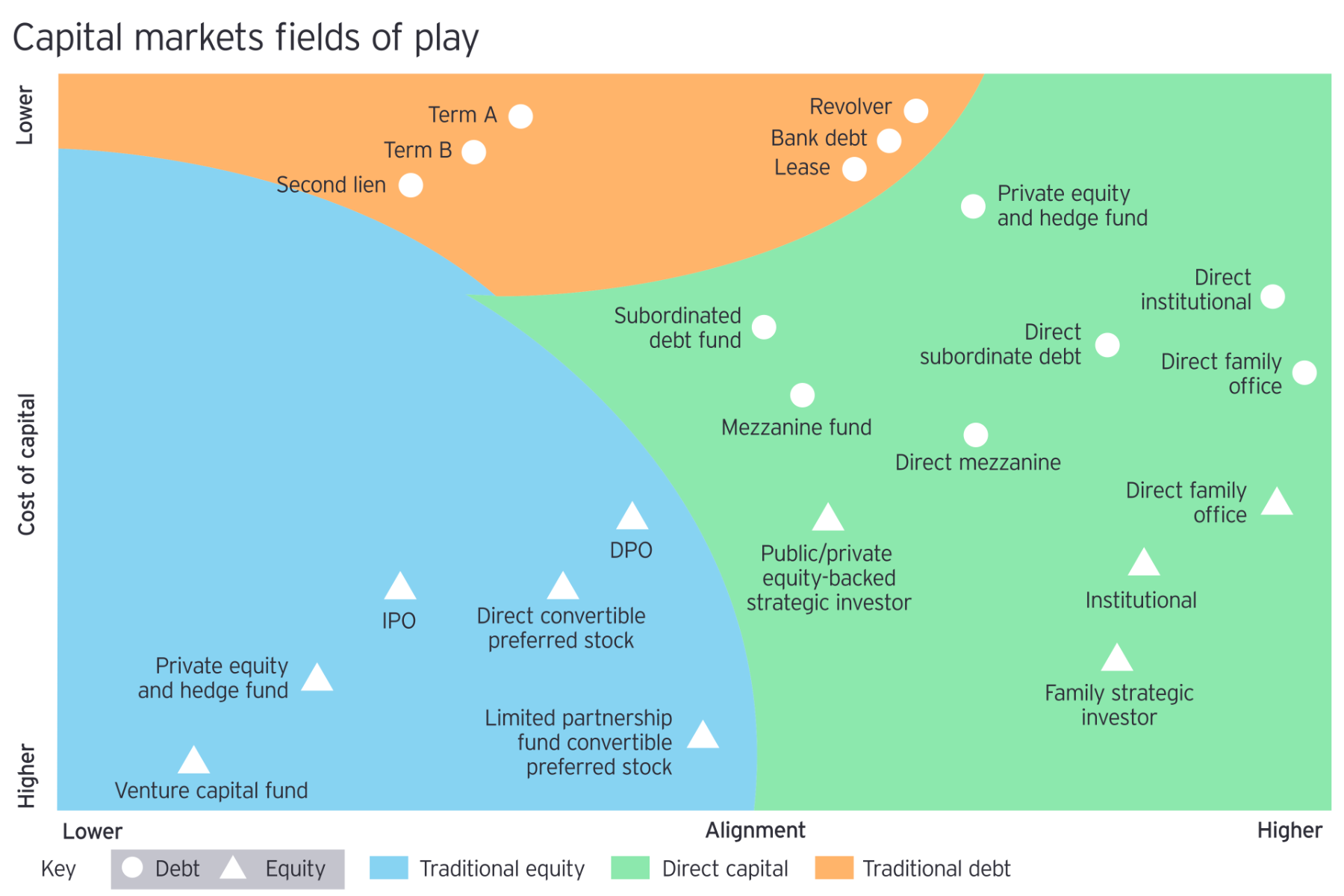EY refers to the global organization, and may refer to one or more, of the member firms of Ernst & Young Global Limited, each of which is a separate legal entity. Ernst & Young Global Limited, a UK company limited by guarantee, does not provide services to clients.
How EY can help
-
EY Family Enterprise Business Services is designed to help enterprising families grow larger, more valuable businesses that will last for generations. We can help you develop and implement a plan for growth, generational transition and shareholder liquidity.
Read more
Capital agenda benefits
A formulated capital agenda is essential for business-owning families as it enables strategic decision-making, enhances financial planning and risk management, and aligns stakeholder liquidity expectations. It provides a foundation for effective capitalization and positions the family business for resilience and sustainable expansion in today’s dynamic business landscape.
“Families that have a clear plan and roadmap for capital can optimize their capital resources and mitigate risks,” says Bobby Stover, EY Americas Family Enterprise and Family Office Leader. “They also will have a better understanding of where to find the capital funding, internal or external, to support their long-term growth and success.”
Having a formulated capital agenda is crucial for business-owning families for a few compelling reasons:
- Strategic decision-making. A formulated capital agenda allows business-owning families to make strategic decisions based on a clear understanding of their capital needs and priorities. It helps align capital allocation with the family’s long-term goals and vision for the business. By having a structured approach to capital, families can make informed choices regarding investments, expansion plans and financial strategies. This supports capital deployment in a manner that can maximize value creation and support the sustainable growth of the business.
- Enhanced financial planning and risk management. A capital agenda enables business-owning families to conduct comprehensive financial planning and risk management. By assessing their capital requirements, available resources, and current or future shareholder liquidity needs, families can better plan for upcoming capital needs and mitigate risks associated with inadequate funding. A formulated capital agenda helps identify potential funding gaps, liquidity challenges and risk exposures, allowing families to proactively address them. This promotes financial stability, resilience and the ability to navigate through economic uncertainties.
3 steps to formulate your capital strategy
1. Define your financial objectives
Balancing the distribution of profits, dividends and reinvestment of capital helps the business meet the return and liquidity expectations of shareholders without jeopardizing its financial stability or growth prospects. It involves finding a harmonious middle ground that satisfies the needs and expectations of both the business and its shareholders. This balance is important to:






